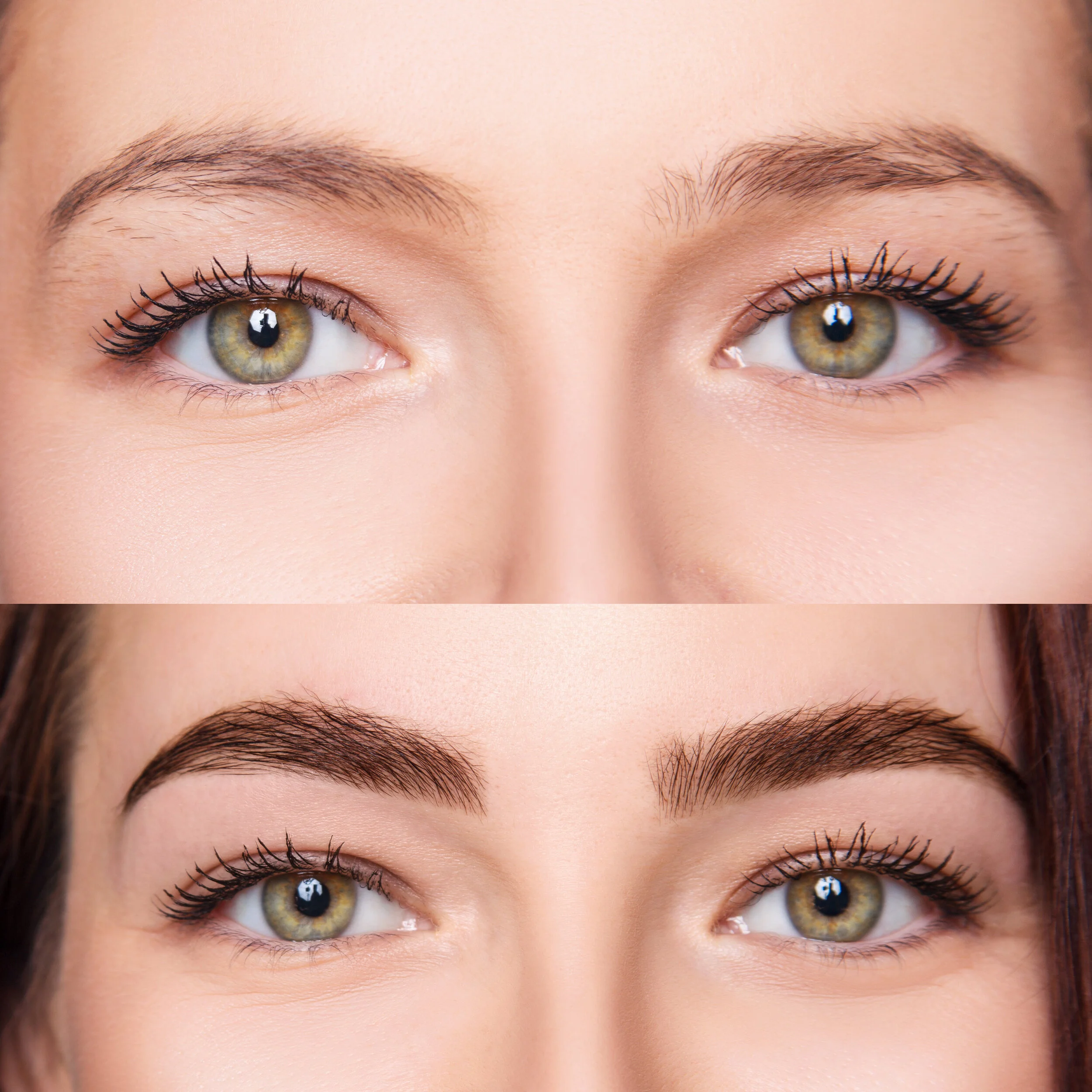Beautee Brows
MICROBLADING $500
POWDER BROWS $500
MICROBLADING AND SHADING $600
TOUCH UP $150+ WITHIN 6 MONTHS
AFTER CARE INSTRUCTION
BEAUTIFUL BROWS REQUIRE A GOOD AFTERCARE ROUTINE
Proper aftercare is a very important aspect of the long term success, effectiveness, health, and overall satisfaction with your new ombré powder brow tattoo. It is very important to follow those instructions in order to achieve the best possible results from your permanent makeup procedure. Included here are general permanent makeup aftercare instructions that will help limit any infection or problems, and assure a healthy and successful healing as quickly as possible.
NO BOTOX FOR 4 WEEKS BEFORE OR AFTER PROCEDURE!
DO NOT TOUCH THE HEALING PIGMENTED AREA WITH YOUR FINGERS. THEY MAY HAVE BACTERIA ON THEM AND CREATE AN INFECTION!
for the FIRST 4 HOURS after your service, CLEAN EVERY 30 MINUTES as instructed with aftercare pack provided by Inkology.
Apply a very, very thin coat of healing Ointment AFTER cleaning provided by Inkology at the time of your service 2-3 times/day when needed for 7-10 days. Discontinue after peeling has completed.
To clean, always use a clean cotton disk, dampened with bottled water and wipe off the existing ointment on your brows, Pat dry with a clean/dry tissue and reapply the ointment.
For the first 24 hours, lymph fluids may surface of the brow and it is very important to NOT allow this to accumulate and harden on the surface of the skin.
For the first 72 hours, avoid any contact with water other than the dampened cotton disk used for cleaning.
If slight crust/scab appears on the pigmented surface, do not force removal by picking or scratching! You will remove pigment along with the crusting and create potential for scarring
After 72 hours, you may use a gentle cleanser with your finger tips to wash the area, pat the area dry with a clean towel or tissue. DO NOT SCRUB OR RUB FORCEFULLY.
The procedure may have some peeling on or around the third day. This is a normal part of the healing process on some clients.
Do not apply makeup over healing areas
No tinting of brows or lashes
Avoid excessive sweating/exercise, sun, saunas, and swimming (including chlorinated pools or jacuzzis, the ocean, or recreational bodies of water)
Avoid gardening and limit contact with animals near your face
Do not run or traumatize the procedure area while it is healing
Use a broad spectrum sunblock after area has healed to slow fading
Do not use products containing AHA’s on or near pigmented areas including glycolic or lactic acids or Retin A products (they will fade the pigment)
Avoid products containing Aloe Vera, Vitamin E during the healing time
Do not donate blood for one year after the procedure, per the Red Cross
Follow up appointments should be scheduled between 6-8 weeks after the initial procedure. New procedures are sometimes a two-step process and final results are sometimes not determined until the follow up visit is completed. Do not judge your procedure while it is in the healing process as it may require a follow up
If you experience excessive itching, swelling, blistering or any other complications post-procedure, STOP using the aftercare product and contact your technician immediately, you may be allergic to the aftercare product
All tattoos carry the inherent risk of infection and/or allergic reaction, so if swelling, pain, bruising persists for more than a few days, it may be a sign of infection, so be sure to contact your doctor right away
Any operations such as botox, facial laser treatments or chemical peels will affect the pigment from the procedure and the overall appearance. Please notify your physician prior to performing those services.
Average Healing Time and Process
Average healing time will vary from person to person and will depend on several physiological factors that include age, skin type, circulation, hormonal cycles, and how easily and/or severely you swell and bruise. Generally, as with any type of skin trauma, older looser skin tends to take a bit longer than younger skin to heal. Other factors that may affect healing time include diet, excessive physical activity, exposure to direct sunlight, and any medications you might be taking..


